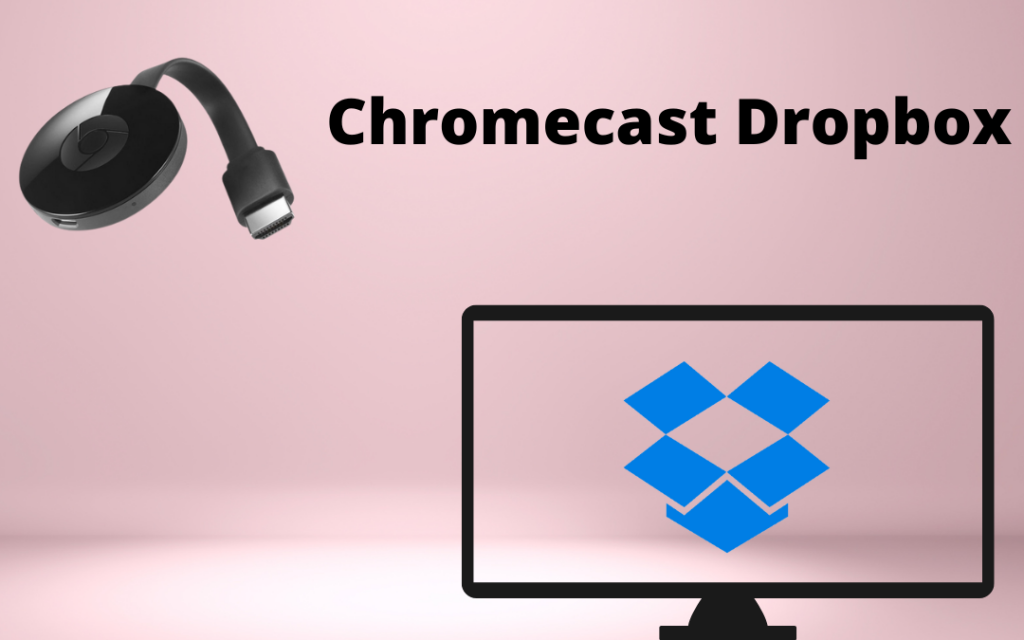Dropbox is a cloud drive to upload and transfer photos, documents, and other media files. And it back up and syncs photos, documents, and videos to cloud storage, and you can share and access them on any device. It uploads the files from your camera roll to the cloud photo storage, and you can access the files in your account offline. Further, you can scan documents, receipts, IDs, and photos using your mobile device and convert them into high-quality PDFs. You can restore the deleted files or recover the old versions using version history and file recovery. The Dropbox Plus users get 2 TB to store the files, and the Dropbox Professional users get 3 TB. Dropbox is compatible with Android and iOS devices and doesn’t support Chromecast. So go on with this article to know how to Chromecast Dropbox.
How to Chromecast Dropbox from Android Phone
1. First, unlock your mobile and navigate to open the Google Play Store.
2. Type dropbox using the virtual keyboard.
3. Select the app from the search results.

4. Tap the Download button to install the app on your mobile from the Play Store.
5. After installation, click the Open button to launch the app.
6. Login with your Dropbox account details.
7. Now, connect your Andriod Phone and Chromecast to the Wi-Fi of the same internet connection.
8. Go to the Control panel on your Andriod phone.
9. Find and tap the Cast icon.

10. Choose your Chromecast device from the list of available devices.
11. Your Andriod Phone with Dropbox screen will appear on the Chromecast device-connected TV screen.
12. To stop casting, tap the Cast icon and click the stop Casting option.
How to Cast Dropbox to Chromecast TV from iPhone
You cannot directly cast Dropbox to Chromecast from your iPhone. i.e., you can use the Google Home app to cast your iPhone to the Chromecast-connected TV.
1. Unlock your iPhone and open the App Store.
2. Type Dropbox on the search bar using the virtual keyboard.
3. Pick the app from the search results and tap the Get button to install the app from the App Store.
4. Now, search and install the Google Home app from the App Store.
5. Once you install Google Home, tap the Open button to launch it on your iPhone.
6. Tap the +New icon on the top of the screen.
7. Select Set up Devices from the menu that appears on the screen.

8. Next, click New devices and select your Chromecast device on the list.

9. Hit the Next button to continue with the process.
10. Your iPhone screen will be displayed on the TV screen.
11. Now, open the Dropbox app on your iPhone, and you can view it on the big screen.
How to Chromecast Dropbox using Chrome Browser from a PC
1. First, turn on your PC or computer.
2. Connect your computer and Chromecast device to the same Wi-Fi network.
3. Next, open the Google Chrome Browser.
4. Navigate to the Dropbox official website.
5. Login with your Dropbox account details.
6. Then, right-click on the screen and select Cast from the menu.

Note: You can also tap the More icon on the top-right corner and choose the Cast option from the menu that appears on the screen.
7. Click the Sources drop-down menu and tap the Cast tab option.

8. Finally, the Dropbox screen on the PC will be displayed on your TV screen.
Note: You can even get the Dropbox Chrome extension and thereby cast it to the TV. However, you may need to select the Cast desktop option under the Sources drop-down.
You can try any of the above methods for casting Dropbox to your Chromecast-connected TV screen and watch your media files on the big screen. If you are not satisfied with the Dropbox app, you can try Chromecast Amazon Photos or Google Drive as an alternative.
Frequently Asked Questions
No, Dropbox for Chromecast isn’t yet available. i.e., there is no cast option built-in on the app.
Dropbox syncs whenever you add or update files in Dropbox.
Dropbox stores all the individual files and early versions of files for a full 30 days or 180 days for Standard, Advanced, and Enterprise plans.
The Dropbox Plus plan costs $9.99 per month, Professional Plan costs $16.58 per month, and the standard plan costs $15 per month.
It syncs files between the devices and back up them in the cloud. The user can even share the files with others.

